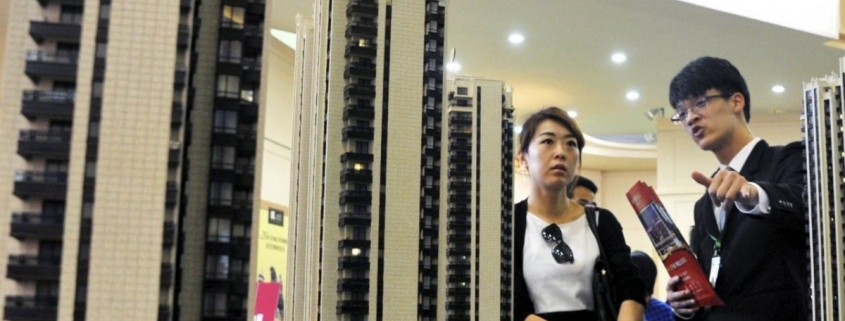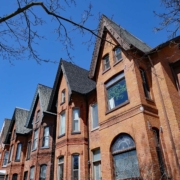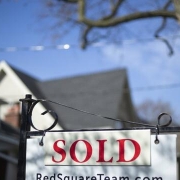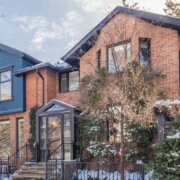Property sales in 30 tier-1 and tier-2 cities triple in March from February in sign coronavirus crisis is abating
Sizzling sales in pockets of market unlikely to compensate for expected decline in nationwide sales this year, analysts say
China’s private housing market is springing back to life as more sales offices reopened across the country following a nationwide shutdown, saving home builders from a deeper financial slump this year. Transactions in at least eight large cities – Shenzhen, Chengdu, Fuzhou, Hangzhou, Huaian, Yangzhou, Jiaxing, Shantou – indicated buyers have returned in recent weeks, with volume surpassing the average levels in the final quarter of 2019, according to China Real Estate Information Corporation (CRIC). The rebound comes as a relief to the industry after measures to contain the coronavirus outbreak kept buyers away and almost froze the market. Developers have since offered discounts to boost sales and avert a liquidity crunch as factories resumed production and lockdowns eased in signs the health crisis is abating. “Prices of some new projects were capped [by the government], lower than the market price, so some projects are popular” with the buyers, said Yang Hongxu, deputy head of E-house China Research and Development Institute. “Restrictions on housing and land prices also created some room for arbitrage, so people are rushing to buy houses and property developers scramble to buy land.”
Home sales in 30 large and medium-sized cities, a bellwether for the nationwide trend, reached 8.6 million sq m (92.6 million sq ft) this month, more than treble the 2.33 million sq m recorded in February, according to Wind Information. In Suzhou, a tier-2 city close to Shanghai, some 175,800 sq m of homes were sold in the week ended March 8, according to CRIC. That is higher than the 65,000 sq m weekly average in February and 132,000 weekly average in January.
Guangdong-based Country Garden said 97 per cent of its 1,327 sales centres, except in Hubei province, have reopened for business. Almost all of its 2,951 development sites have also resumed construction work, it added.
In Shenzhen, Hong Kong-based developer New World Development sold 70 flats in its Bayhouse at Prince Bay project from January 1 to March 15, fetching 21 million yuan to 51 million yuan each. Buyers also snapped up 288 smaller flats at a project in Baoan district in Shenzhen, according to CRIC data.
“Shenzhen is a young city where housing supply is limited and demand for housing is stronger” than many urban cities, said Zhang Yiping, analyst at China Merchants Securities. “Except for Shenzhen, many tier-1 cities will not see a big jump in sales [for the rest of 2020] under tight property policies,” he said. The pockets of sizzling sales in some cities are unlikely to make up for the lost ground this year, with property consultancy Knight Frank predicting a 30 to 40 per cent slide in unit sales in tier-1 cities in the first half. In the week to March 22, sales in tier-1 and tier-2 cities were still 50 per cent and 24 per cent below their year-ago levels, according to the consultancy, despite developers resorting to price discounting and a record number of supporting policies. “The sales outlook for the whole year depends on development of the coronavirus condition,” said Martin Wong, Greater China research and consultancy associate director at Knight Frank. “It appears that control of the epidemic has improved in China. But imported infections could increase as people travel to China when other parts of the world are facing the pandemic.” Sales in even lower-tiered locations won’t rebound as quickly, according to Xie Rui, senior property analyst at Golden Credit Rating. Property sales in terms of [square metres] across the nation are expected to show a 13.8 per cent drop in the first half, and 4.5 per cent for the full year, assuming the pandemic comes under control by April domestically, and no significant state policies to stimulate demand, Xie added.









 Maziar Moini, Broker of Record - Home Leader Realty Inc.
300 Richmond St. W., #300, Toronto, ON M5V-1X2
Maziar Moini, Broker of Record - Home Leader Realty Inc.
300 Richmond St. W., #300, Toronto, ON M5V-1X2



